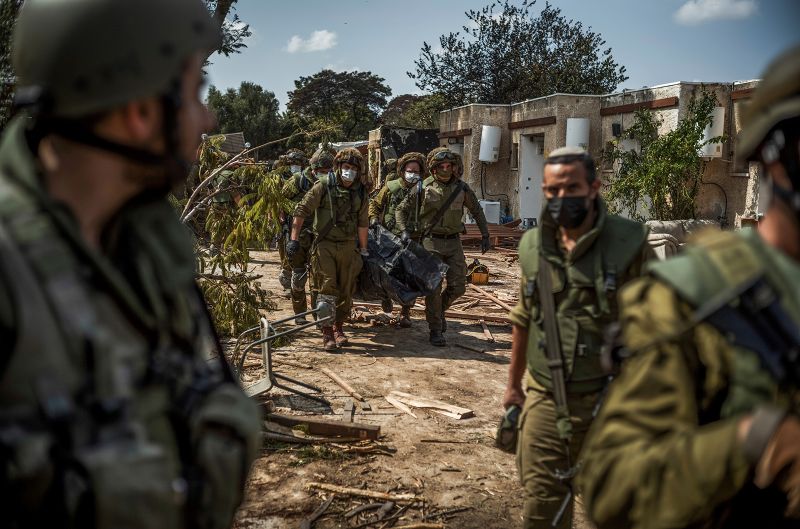Article Body:
A year on since October 7, the Middle East finds itself thrust amidst its most tumultuous period over the past fifty years. Previously, one could almost discern a sense of routine in regional conflicts, but the past year has profoundly disrupted that status quo, reshaping geopolitical landscapes and presenting new challenges as well as opportunities for the countries involved.
In the wake of the Arab Spring that began a decade ago, the region became a volatile boiling pot, mirroring a game of strategic chess. Yet, the transformations it has undergone since October 7 have been unique in their sheer magnitude and speed. The dynamics have shifted rapidly, with significant upheavals arising from varied tools of power – from diplomatic dialogues to conflict-driven regime changes.
To dissect this transformation, let’s commence with one of the key players: Saudi Arabia. Over the past year, the kingdom has been striving to reimagine its global image. Crown Prince Mohammed bin Salman’s push for modernization under the Vision 2030 plan and its attempts to diversify the economy away from oil reflect this trend. However, the road to reform has been bumpy, hampered by international scrutiny following Jamal Khashoggi’s murder and internal resistance to change.
In Iran, the political landscape has also been in significant flux. We have seen the re-ascendancy of hardliners coinciding with a deteriorating economy, aggravating public dissatisfaction. The JCPOA’s destabilization was just the beginning; the ongoing Iran-US confrontations and Iran’s escalating tensions with Saudi Arabia are further straining the regional environment.
Syria’s decade-long civil war, intensified by ISIS’s rise and fall, has also matured disturbingly over the past year. Despite Bashar al-Assad’s firm grip on power, the country remains shaken by disastrous human rights situations and the overwhelming refugee crisis. And while the Islamic State’s territorial hold has essentially dissolved, lingering extremism continues to pose a dangerous threat, both regionally and globally.
Next, we have Israel-UAE relations marking a notable shift in the area. The normalization of diplomatic ties under the Abraham Accords, signed a year back, signaled a vital change in the Middle East’s geopolitical dynamics. This unprecedented step led to a ripple effect; other Arab states also began to reconsider their stance towards Israel, shattering longstanding regional norms.
Moreover, October 7 marked a unique turning point for Libya. After a ten-year-long brutal civil war, Libya managed to establish an interim government tasked with the daunting job of leading the nation towards elections. The key here is the international community’s support and monitoring to ensure a smooth transition.
Palestine’s narrative remains though largely unchanged. The Zionist-Palestinian conflict continues with unabated fury, partially aggravated by the regional shift following the Abraham Accords. The issues of West Bank annexation, the Gaza blockade, and Jerusalem’s status remain as unresolved and volatile as ever.
Intertwined with these individual narratives are the escalating tensions and interplay between regional powers, namely Iran, Saudi Arabia, and Turkey. These nations have been engaging in shadow wars, proxy battles, and diplomatic chess games, further affecting the region’s stability.
To appreciate fully the extent of the Middle East’s challenging year since October 7, one also has to account for the omnipresent pandemic. COVID-19 hit the region hard, exacerbating existing economic inequities, social fragmentation, and political instability.
Overall, the past year narrates the story of a region in flux, with implications far beyond its borders. From internal transformations to shifted alliances and continuing conflicts, the Middle East continues to be a pivotal, albeit tumultuous, world stage. The events that have been set into motion since October 7 are still unravelling, and their full impact may not be felt for years to come.




